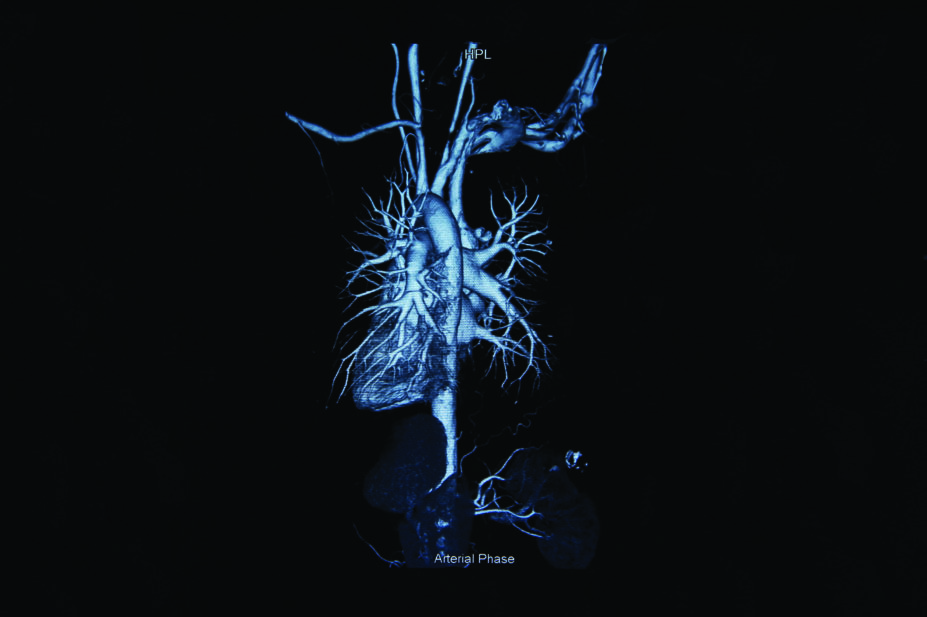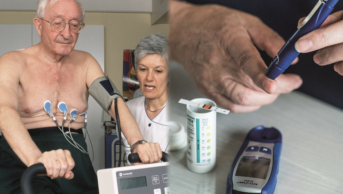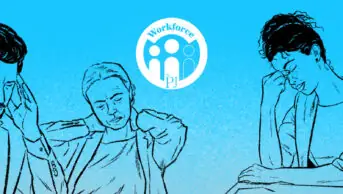
phenyx7776/Shutterstock
The risk of having a heart attack is 17 times higher in the week after a respiratory infection and remains high for a month, say Australian researchers.
Of 578 patients who had been diagnosed as having a heart attack due to coronary artery blockage, 17% reported symptoms of respiratory infection in the past seven days and 21% in the past 31 days.
Symptoms included sore throat, cough, fever, sinus pain and flu-like symptoms, and researchers also asked if they had had a diagnosis of pneumonia or bronchitis and how often they had these symptoms every year.
Restricting the analysis to upper respiratory tract symptoms, such as the common cold or sinusitis was still associated with a 13-fold higher risk of heart attack, the researchers report in Internal Medicine Journal (online, 14 May 2017)[1]
.
It is the first study to look at the association between heart attacks and respiratory infection that has used angiographic confirmation.
While the reason for the link is not fully understood, possible factors to explain why a respiratory infection may trigger a heart attack include an increased tendency towards blood clotting, inflammation and toxins damaging blood vessels, and changes in blood flow.
Researcher Geoffrey Tofler, a cardiologist from University of Sydney, Royal North Shore Hospital and Heart Research Australia, said: “Our findings confirm what has been suggested in prior studies that a respiratory infection can act as a trigger for a heart attack.”
Study leader Dr Lorcan Ruane, added: “Although upper respiratory infections are less severe, they are far more common than lower respiratory tract symptoms.”
The researchers added that the winter peak in heart attacks seen around the world is likely to be due in part to the increased incidence of respiratory infections.
References
[1] Lorcan R, Buckley T, Hoo S et al. Triggering of acute myocardial infarction by respiratory infection. Intern Med J 47(5): 522-529. doi: 10.1111/imj.13377


